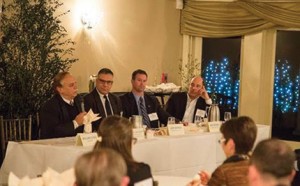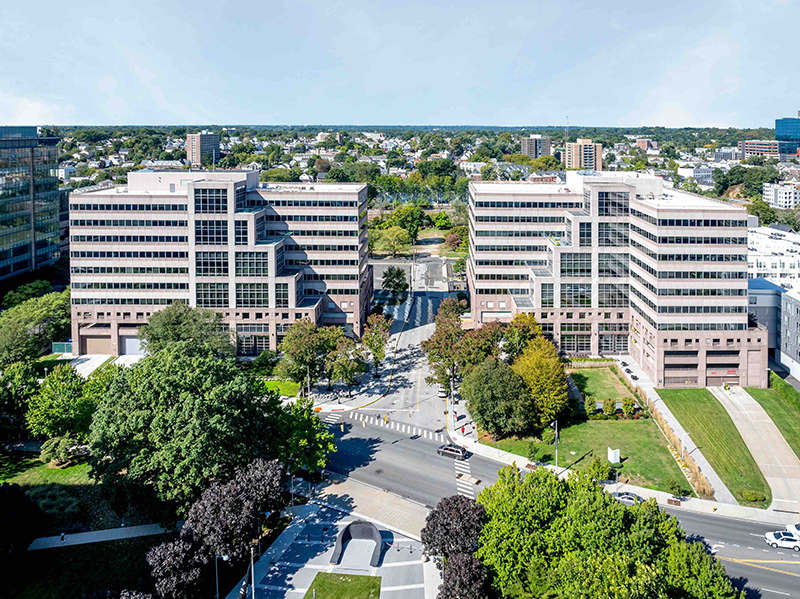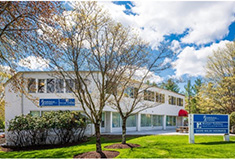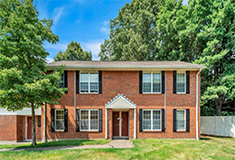Connecticut Building Congress hosts program with panel discussion
 Shown (from left) are: Bud Salemi, Jack Butkus, Mark Sklenka,
Shown (from left) are: Bud Salemi, Jack Butkus, Mark Sklenka,and Jeffrey Cugno
Hamden, CT The Connecticut Building Congress (CBC) hosted its January program with a panel discussion about the growing trend in the use of owner’s representatives in capital projects in Conn.
Bill Clegg, vice president of operations, Connecticut, STV/DPM, introduced a distinguished panel and kicked off the discussion with an overview of the owner’s project manager (OPM) duties and responsibilities. “Depending on the project, the project services can change,” said Clegg, “but a lot of owners have never done large projects and need assistance in the organization, coordination, and even in team selection that would make a project successful.”
After Clegg’s overview, the panel was asked how OPM’s benefit projects and clients, and the next to speak was Bud Salemi, deputy commissioner, Connecticut Department of Administrative Services, Division of Construction Services. “An owner can’t afford to pay their own staff for the level of coordination needed on these larger projects, so they need to hire someone from outside,” he said. The owner has to decide “how much help each client needs and how much they can afford” when planning large projects, and went on to share that “schedule management is the most important priority for an owner’s representative.”
Jack Butkus, senior program manager, Arcadis U.S. Inc, who spoke next, agreed. “Sometimes the client (owner) has the talent in house, but that person already has a full time job.” Having an owner’s representative who is working full time on a given project helps to move the schedule and decisions along. “A lack of decision is a decision itself,” and can create numerous scheduling issues.
Next on the panel was Mark Sklenka, senior director of project management, Colliers International, and he took the opportunity to better define what an owner’s representative is, by describing what it is not: “We’re not the contractor, the designer or the lawyer. We’re the advisor.” OPM’s can have a number of responsibilities, and will help assemble an effective team, but cannot take on the role of these other team members. “There are great architects and contractors out there, and some not so great architects and contractors.” Hiring a representative “solves the problem of the existence of the not so great architects and contractors. Plan on seeing more, not fewer, owner’s reps on projects in the future.”
The final speaker on the panel was Jeffrey Cugno, director of development services, O&G Industries Inc. Cugno wanted to highlight the importance and effectiveness of hiring an OPM when an owner has multiple capital projects. He cited the example of municipalities that have a number of schools that have varying needs over any length of time. “We need to know what the community wants so we can address it as a program rather than trying to tackle each project one by one,” he iterated. Many municipalities have the talent to run a project, but need to elevate coordination to run an entire program. “We will complement the staff you have in house.”
CBRE brokers sale of Stamford Towers - 326,468 s/f Class A office











.png)
